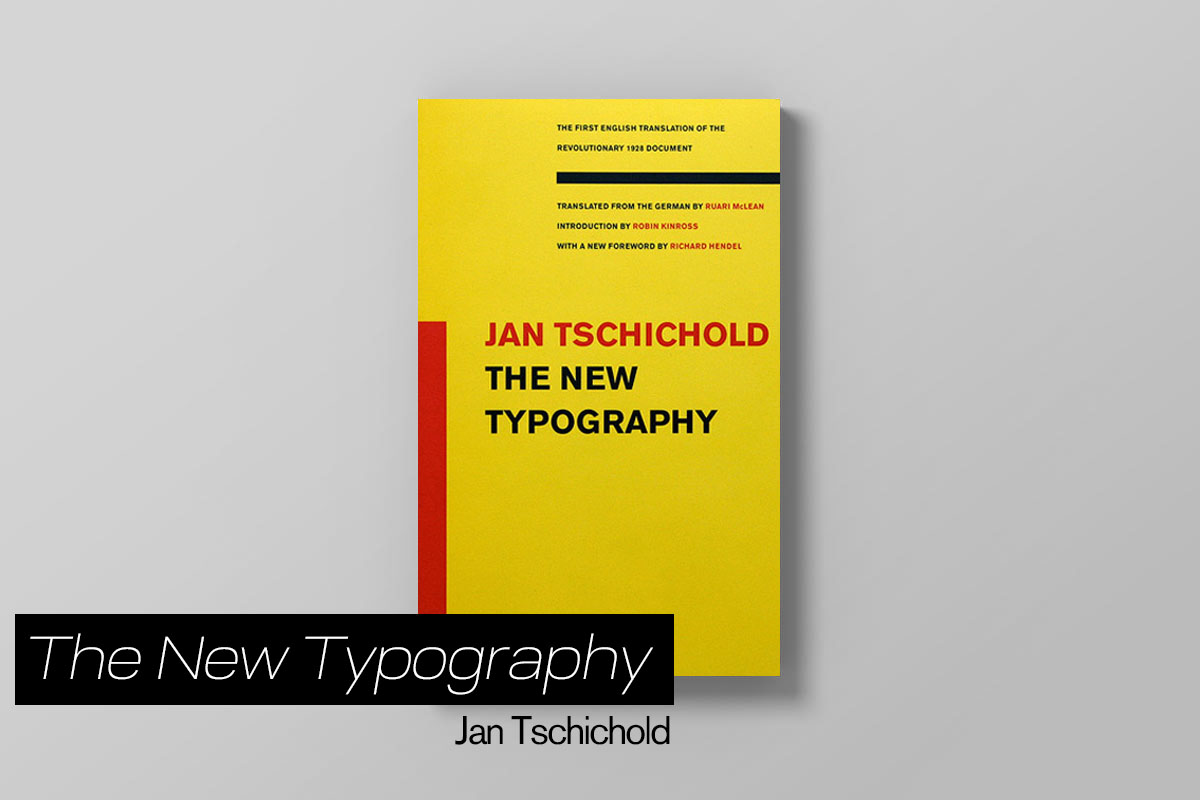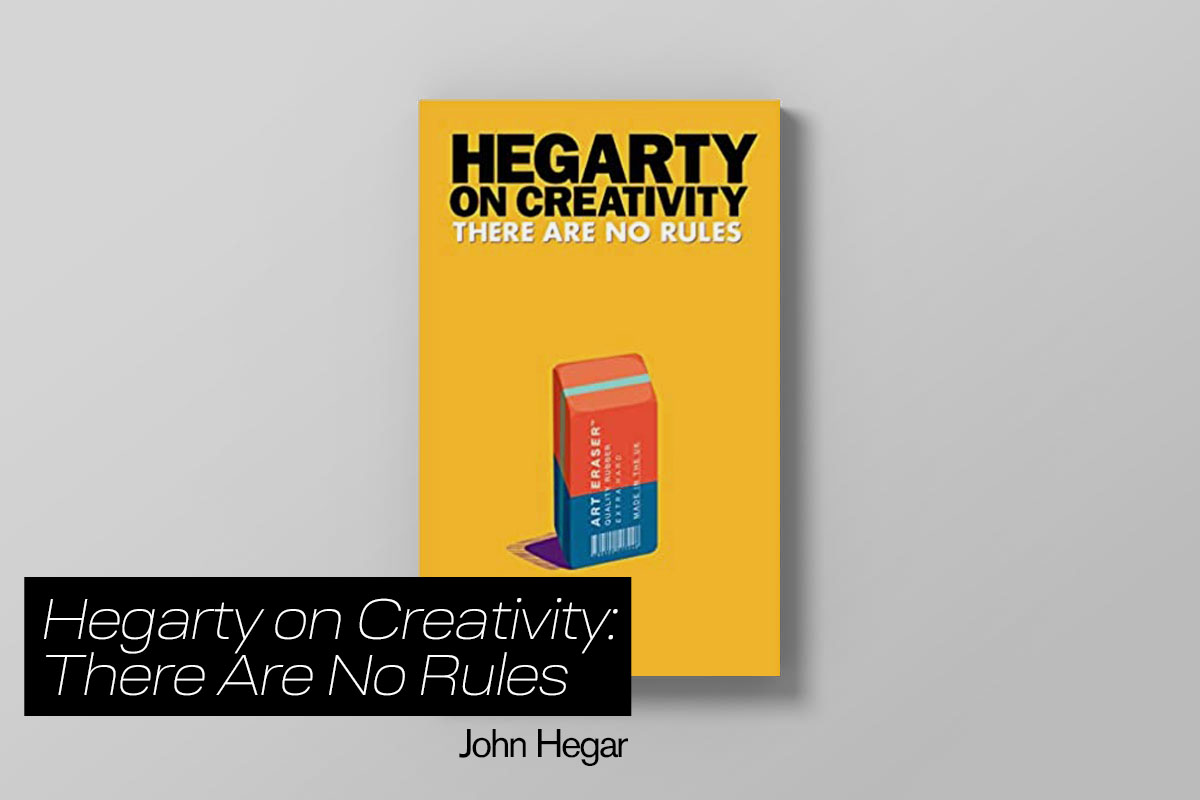5 Design Books You Should Read

Here’s a selection of five design books to help you better understand the world of modern design.
Jan Tschichold “New Typography”.
A book about graphic design of the 20s, stories about modern typography and its problems, which are still relevant today. At one time, the book was a breakthrough: the author brought grotesque fonts to the fore and spoke about the functionality of design and layout. The basic concepts that formed the basis of the Swiss school – layout on the left, economy, practicality, the art of color – are used today by every web designer.
This book will help budding web designers discover the origins of modern typography, layout and grid fundamentals, which moved from graphic design to the web. In the book you will find answers to the questions of what a good design is, how to define it, what qualities it possesses. You will learn how design developed in the 20s of the last century, why sans serifs supplanted serifs, and functionality and practicality are the individual preferences of designers.

James Felici “Typography: type, layout, design”.
This is a complete academic textbook that you can use to independently study typography, layout and graphic design. Like an experienced mechanic who knows his car to the cogs, James Felici disassembles graphemes and the concept of a font down to the smallest detail: size, spacing, half-openings and outlines. Great attention is paid to book layout, which web designers use today to create websites. You will also find out why this or that font was created, how the technical equipment influenced the nature of the typefaces. You will learn the rules of typesetting, the history of typography from the Gutenberg press to modern typesetting technologies – this will help you diversify your layout and make your grid work more meaningful.
Paul Rand “Form and Chaos”.
The book contains the experience of one of the most successful logo makers of the 20th century. Paul Rand, author of logos for IBM, ABC, NeXT, examines the problems known to all designers: what is aesthetics, how to build relationships with a client, what role marketing research plays in the work of a designer, and how computer technology has changed the profession. This book will help budding designers to form a correct understanding of the profession, understand its goals and understand its nature. The author asks questions about what design is and what is its role in business. By answering them, you will be able to choose the right vector of development.

John Hagerty “Hagerty on Creativity. There are no rules. “
John Hagerty is not a designer in the classical sense of the word: he does not design websites and does not develop an identity. But he creates products, advertising, meanings and images. In the book, through his experience, he formulates the commandments of any creator – a person who creates a product out of nothing. The book will help you look at creativity and inspiration as a process, a way of thinking and living, and not a moment’s inspiration. You will learn how to change the way you think, learn how to find solutions that solve business problems, and use the environment to benefit your creativity. The book is suitable for designers, illustrators and art directors – everyone who is engaged in the design and creation of new meanings and images.


Michael Janda “Burn Your Portfolio”.
Michael Janda, owner of his own design studio, shares the advice he has formulated over ten years in the design world. The book contains 111 recommendations on how to build relationships in a team, how to negotiate with clients and what to consider when forming the value of your work. This book will provide much more for a successful career in design than an academic background. You will learn that brainstorming sessions do not work, that any employee can be replaced. Get to know the realities of business, learn the practices and unwritten rules followed by the best studios in the world.
 285
285